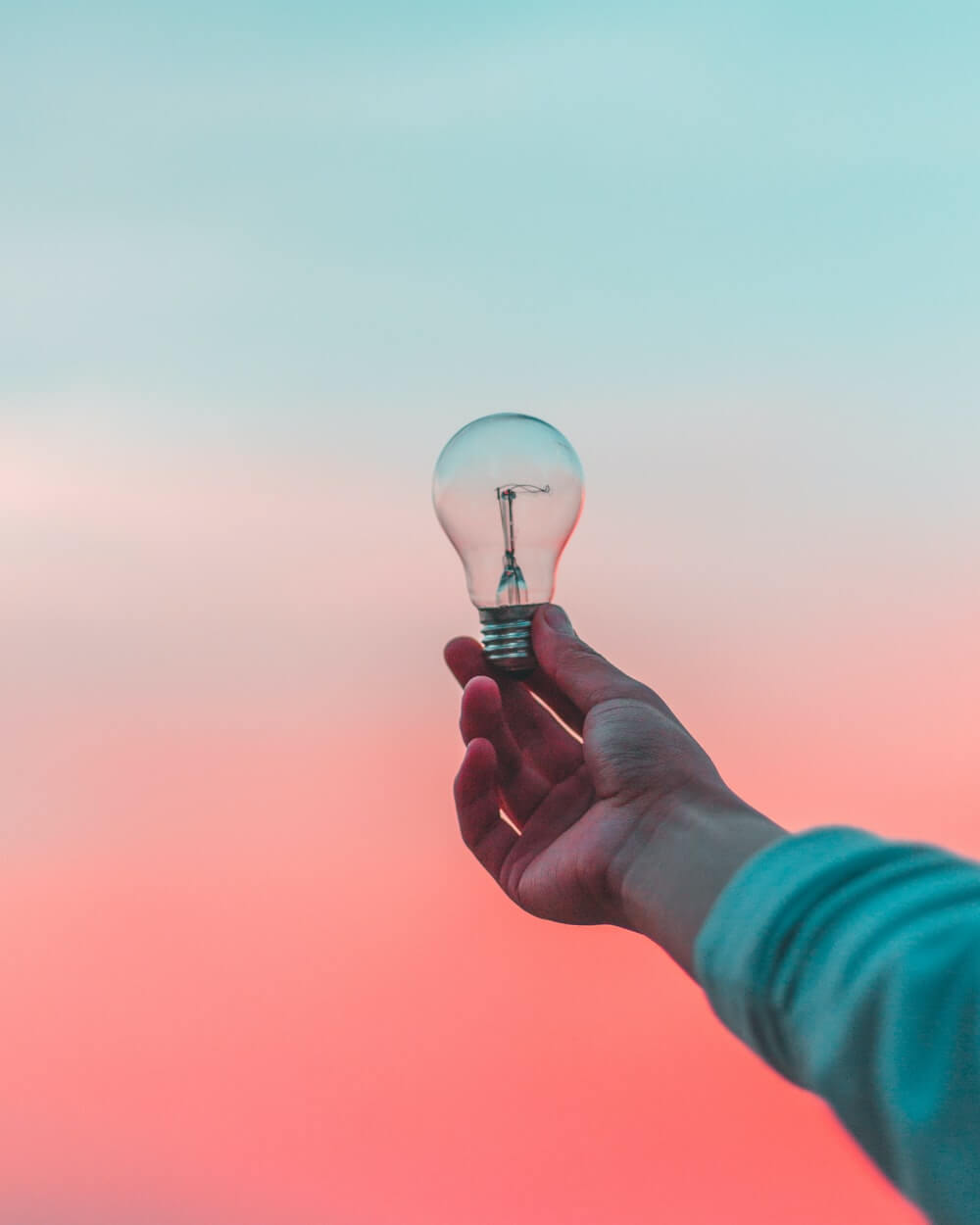Managing studying, assignments, tests and expectations for a student can feel random and ongoing. Students can get caught up in the busyness of schoolwork and miss the bigger picture behind all their hard work and efforts. Narrowing in and focusing on an objective while completing all these tasks involve perception and thinking. Metacognition has long-lasting benefits related to increase in achievement and development of the brain according to research and neuroscience.
Parents can help students practice intentionally reflecting while learning, writing and studying. Such metacognitive strategies will clear the foggy lens that may cloud our students’ vision for school performance. Here are some ways to transform their school “to-do” list from a set mundane requirement to a more meaningful and purposeful understanding of themselves.
What exactly is it?
Metacognition, or thinking about one’s thinking, is something we already practice when developing personal relationships. We are built for connection and we naturally ask questions to see how to get to know others better or enjoy each others’ company by using our thinking of what went well and can be an area of growth. This process helps us become self-aware of ourselves which is transferable to our learning as well. Patient practice in this area will affect all aspects of our life. Metacognition boosts self-regulation for students to monitor their strengths and weaknesses in order to persevere in necessary skills to succeed in all subjects without becoming too frustrated.
Top 3 metacognitive strategies for school:
- Ask questions before, during and after or “B-D-A”.
In a previous blog post related to reading strategies, those three “B-D-A” keywords matter in our thinking. Encourage students to have a transition and plan of attack when learning to better engage and connect learning to their lives. Sample questions to ask would look like:
- B – How can I start? What worked for me last time? What do I understand?
- D- Am I on the right track? What is hard or confusing about this right now?
- A – What worked well? What could I have done better? What conclusions can I make?
To personalize their learning, have students brainstorm their own questions too. Students can also practice thinking aloud these answers throughout their studying so it becomes routine as they move forward in life.
- Use your syllabus and exam results as a road map.
Many outcomes or destinations in life involve a map. A syllabus is the useful map tool for our students to have some boundaries when studying, reading or writing for their class. Have them look at the end goal for the course. Students can ask themselves why their teacher may want to gather from reading or see any themes to how a teacher paces the class or asks questions in class or on tests. Students can keep checking in to their syllabus to make adjustments if necessary.
Exams serve as a gauge for students and teachers to have concrete evidence if they are understanding the material accurately.
Factors to examine on a test analyzer can range from wondering to oneself: How am I preparing when reading? Where am I sitting in class (is it helping)? What resources am I taking advantage of? Or could I teach someone else what I learned?
- Reflect and strategize
Provide students with opportunities to reflect and understand that metacognition is a way to empower themselves to make sense of their life. Students can journal to the suggested questions in points #1 and #2 in an appropriate time-frame after particularly hard reading assignments or tests or quizzes. Allow them to be curious about their confusion. Model ways you reflect on work or activities to help their writing to aid in this process.
A traffic light visual can help students notice what was stopping them from learning, what was something new they learned and what they feel good about understanding. Once they do this inner work, students will be able to pinpoint certain behaviors or thinking patterns that may help them overcome mental blocks or they may even notice a certain time of day or time of week they may need a study break. Make sure they also balance studying and rest!
In conclusion, it is important we all proceed with caution with how we think when using metacognition in our learning! Remember to commit to a growth mindset and help students be kind to themselves by focusing on the tasks one at a time and not give up at the first roadbump. The positive mindset will set a solid foundation to navigate the road of learning alongside their personal life interactions. Students of all ages can use metacognitive strategies to promote higher order thinking and become more thoughtful of themselves and others around them. We only reach our potential when we are aware of ourselves.





